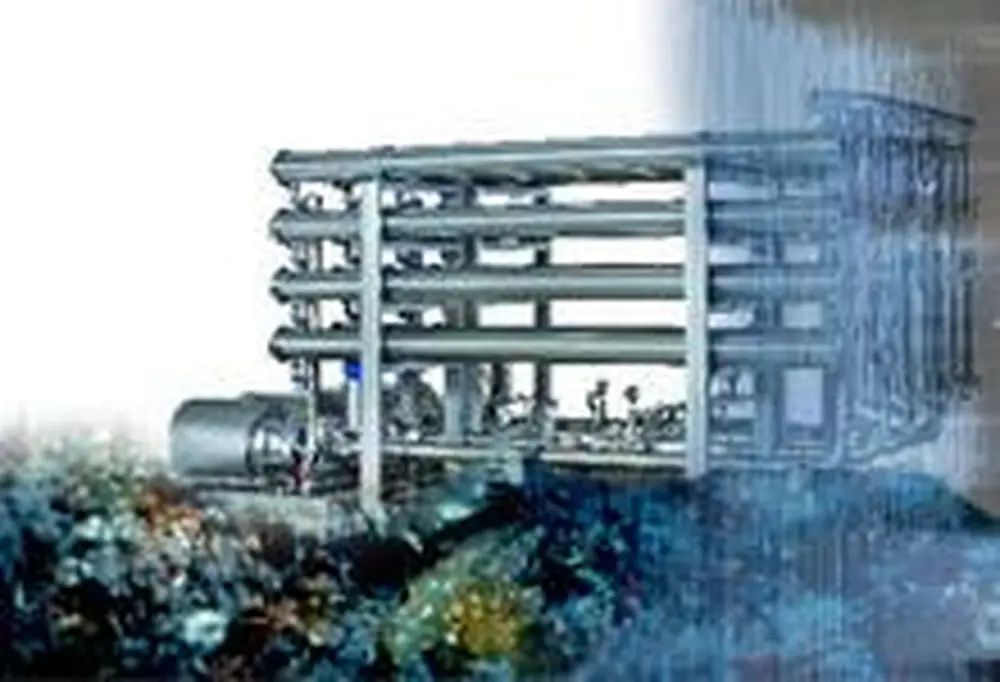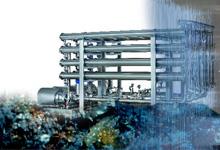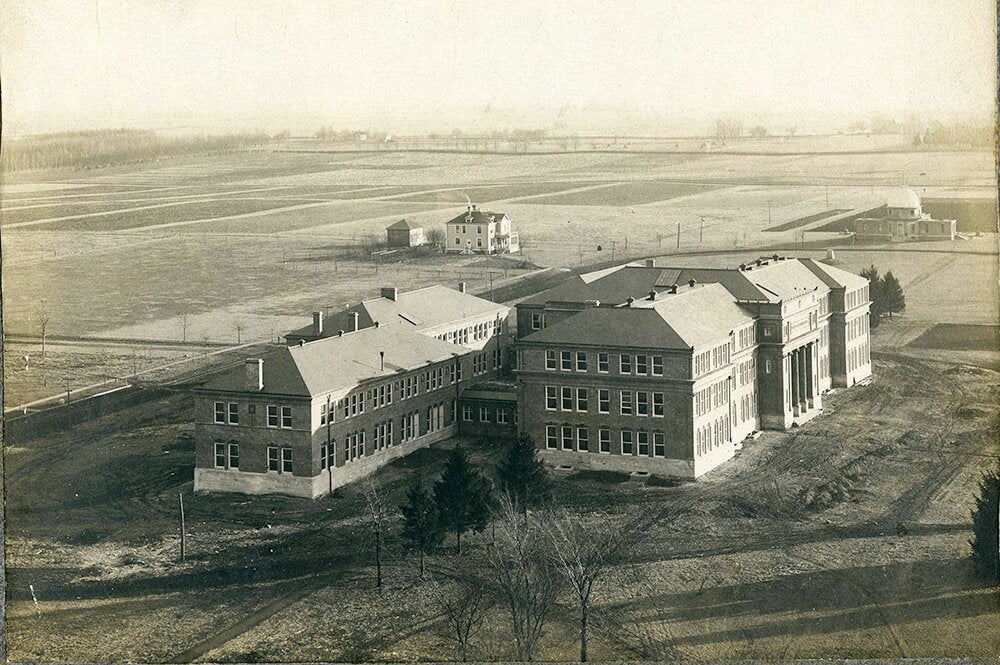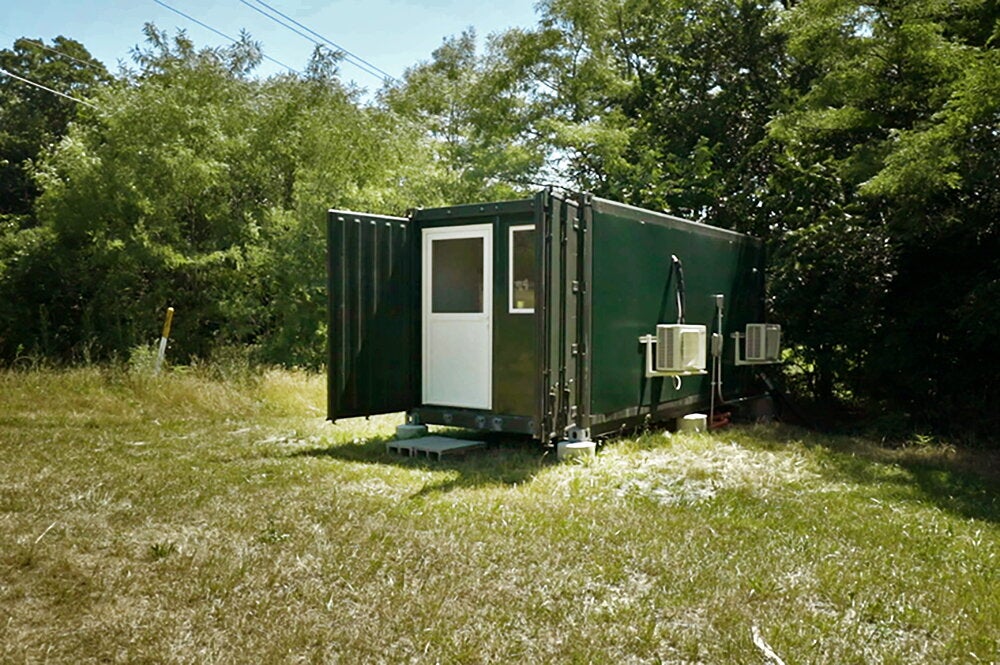

"Bio-fouling" is a problem that has been recorded as far back as 412 B.C. Even Christopher Columbus described the ways he battled bio-fouling-the growth of microorganisms, plants, algae, and animals on the bottom of ship hulls.
Today, bio-fouling is also a nagging problem at water purification and desalination facilities, where growths can build up on membrane filters. However, LAS researchers are shedding new light on how bio-fouling occurs at these facilities.
Andrey Kalinichev and James Kirkpatrick, both U of I geology researchers, are using computer simulations and nuclear magnetic resonance spectroscopy to investigate the complex behavior of natural organic matter, which can cause bio-fouling.
Natural organic matter, which is decomposed plant, animal, and microbial material, has many positive effects in soil. But it is also a major culprit in degrading membrane filtration systems that purify water.
Using their models, Kalinichev and Kirkpatrick explained why organic matter is more apt to cause bio-fouling when calcium is present and less likely to cause problems when only magnesium or sodium is present. They found that sodium and magnesium ions have weak interactions with organic matter, while calcium has the strongest interaction. The result of these stronger interactions are much larger "aggregates," or masses of organic matter, which form bio-fouling layers on membrane surfaces.
"Our next step is to use these models to study the effects of natural organic matter interaction with less common but more toxic metals such as strontium, lead, mercury, and nickel," Kalinichev says.


